1. Procedural Content Generation (PCG) Using Machine Learning
Modern PCG techniques leverage machine learning to automate the creation of game levels and assets. AI-driven PCG models are trained on existing game data, enabling them to generate diverse and coherent content (maps, item placements, etc.) with minimal manual input. This can drastically reduce design time and increase replay value by ensuring each playthrough feels distinct. Recent research emphasizes that PCG is especially valuable for small studios, as Lazaridis and Fragulis note it “saves time while creating diverse and engaging environments”. Overall, ML-based PCG is trending upward as generative models (GANs, VAEs, LLMs) continue improving and are integrated into real game pipelines.

Todd et al. (2023) showed that large language models (GPT-3) can indeed generate playable levels (e.g. for Sokoban), with their performance improving dramatically as more training data is used. Empirical studies also support PCG’s impact on development: a 2024 Unity survey found about 62% of developers are incorporating AI tools into production workflows. In another instance, Lazaridis and Fragulis demonstrated an AI algorithm that creates 2D map layouts with rooms and objects automatically. These results illustrate that ML-driven PCG is now capable of producing concrete game content (levels, puzzles, loot tables) that designers can refine, aligning with the observed industry trend towards data-driven generation.
2. Adaptive Difficulty Through Reinforcement Learning
Reinforcement learning (RL) is increasingly used to adjust game difficulty in real time. Instead of fixed difficulty levels, RL agents learn to modify game parameters (enemy strength, spawn rates, puzzle complexity) based on ongoing player performance. This approach maintains player engagement by keeping challenge in a “sweet spot” – not too easy, not too hard. Recent work demonstrates that RL-driven difficulty systems can better match player ability and emotion than static rules. For instance, an RL-based dynamic difficulty adjustment system was shown to sustain player competence and tension more effectively than heuristics. The trend is towards RL tutors that continuously self-tune, which can adapt to individual playstyles and even emotional responses.
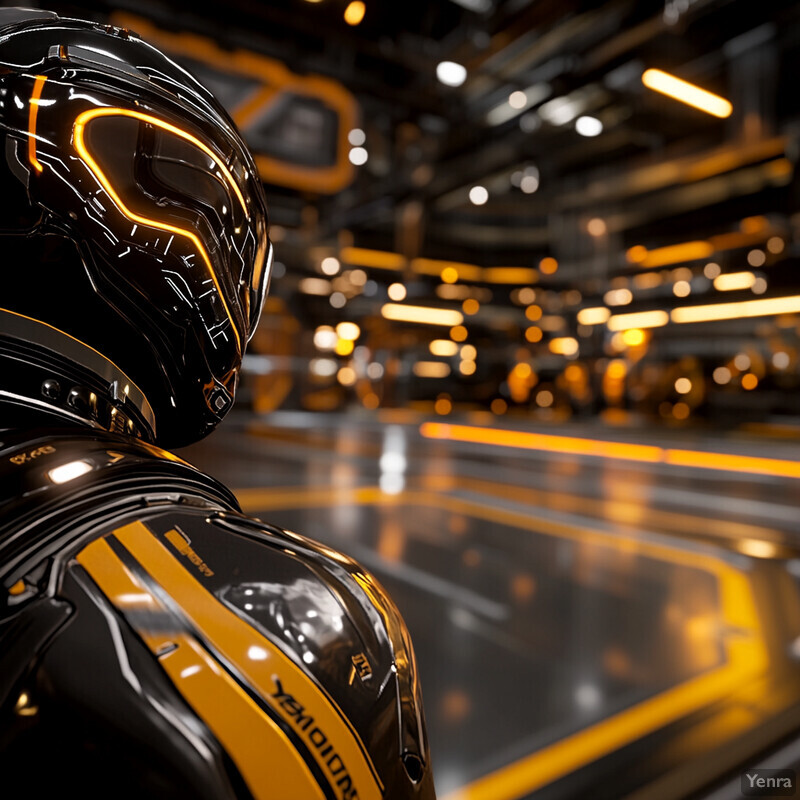
In one study, applying RL to a puzzle-platform game resulted in significantly better player outcomes: participants experienced higher scores, win rates, and competence (a marker of flow) under the RL-driven difficulty controller. Another example by Huber et al. (2021) had players navigate an adaptive VR exergame; the DRL-based difficulty adjustment kept 19 users largely in their desired challenge zone (flow state) during playtesting. Overall, these empirical results (from lab studies with tens of players) show that RL-enhanced difficulty managers can measurably improve game experience compared to non-adaptive versions, validating this AI approach to dynamic balancing.
3. Predictive Player Modeling for Personalized Content
AI-driven player modeling uses gameplay data to predict individual player preferences and skill levels, enabling personalized level content. By analyzing metrics (e.g. player health, completion time, past choices), ML algorithms can infer what a player enjoys or finds challenging. Game systems then tailor content – such as quest selection, puzzle frequency, or resource distribution – to suit each player. Studies show this personalization increases retention and satisfaction. For example, AI recommender systems can match quest difficulty to a player’s history, and adaptive enemy AI can learn from player behavior. The trend is that predictive models (neural nets, factorization methods) are being plugged into game engines to continuously adapt content to each user.
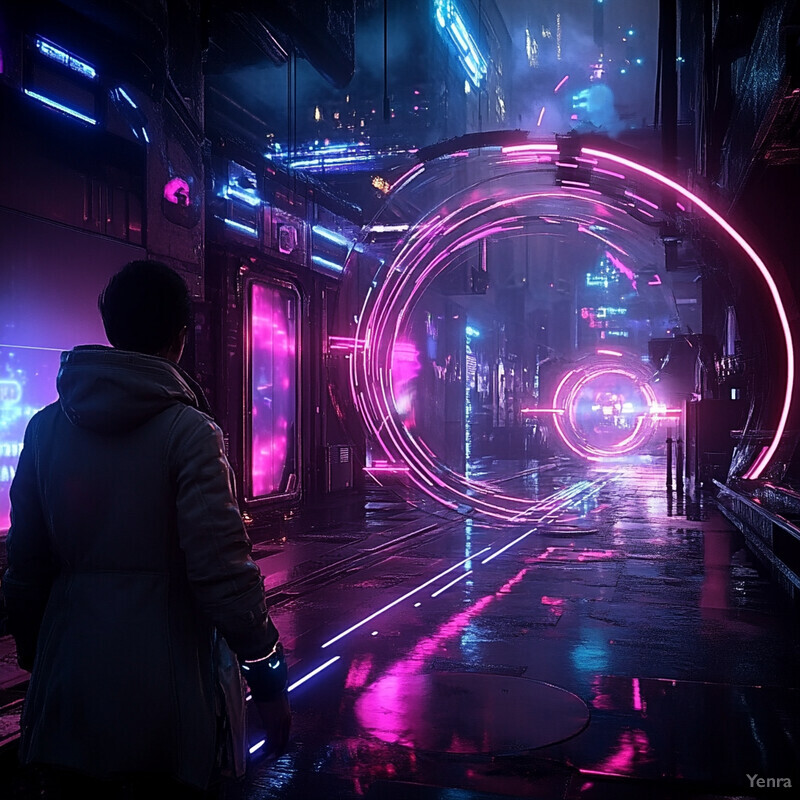
In a large-scale field study by Sifa et al. (2020), matrix and tensor factorization techniques were used to recommend quests to players of an online RPG. With a pool of content for 25,686 players, the personalized quest recommendations led to improved retention and reduced failure/abandonment rates. Similarly, Pfau et al. (2020) tested adaptive enemy behavior in a dungeon game: 171 players experienced enemies controlled by a neural network model (versus hand-crafted AI). The data showed that players facing the ML-driven enemies reported higher long-term motivation and engagement than those playing against the static heuristic AI. These studies provide concrete evidence that predictive modeling and personalization (using recent ML methods) yield better player outcomes than non-adaptive systems.
4. Co-Creative Tools for Level Designers
Co-creative (mixed-initiative) tools enable human designers to work collaboratively with AI during level creation. Rather than replace the designer, these tools act as “partners” that suggest level segments, objects, or layouts in response to the designer’s input. This approach leverages AI for heavy lifting (e.g. filling large areas) while preserving human creative control. Recent advances have produced frameworks where designers can set constraints or goals, and AI generates supporting content. The result is often faster iteration: designers can sketch a rough map or rules, and the AI fills in details. Industry examples include AI-assisted map editors and story event generators. Overall, the trend is towards integrated editor plugins and standalone apps that let designers tap into generative models, improving productivity and creativity.

Margarido et al. (2024) provide guidelines for mixed-initiative game design systems, highlighting that “the application of mixed-initiative co-creativity [in games] is growing rapidly”. Agarwal et al. (2023) built a genre-agnostic co-creative agent: designers define game mechanics abstractly, and the AI evolves game rules and components that fit those mechanics. This system was able to express a wide range of game prototypes under human supervision, demonstrating practical co-creative generation. These research implementations (combining state-machine modeling and evolutionary design) show that AI can handle substantial portions of level or system design while keeping the human “in the loop,” validating the co-creative paradigm.
5. Constraint-Satisfaction and Optimization Approaches
Many AI level generators explicitly enforce gameplay constraints and optimize objectives using search and solver techniques. For example, constraint-satisfaction programming or SAT solvers ensure that generated levels are completable (e.g. a path from start to finish exists) and meet other design rules. Optimization algorithms (genetic algorithms, simulated annealing) are then used to satisfy multiple criteria (difficulty, aesthetics). This creates a two-stage process: the AI generates candidate levels and a solver checks/fixes them for legality. Such approaches allow designers to specify hard rules (no isolated areas, exact number of enemies, etc.), and the system searches for solutions that fit. The trend is towards hybrid algorithms that combine machine learning generation with classic solvers for robust output.
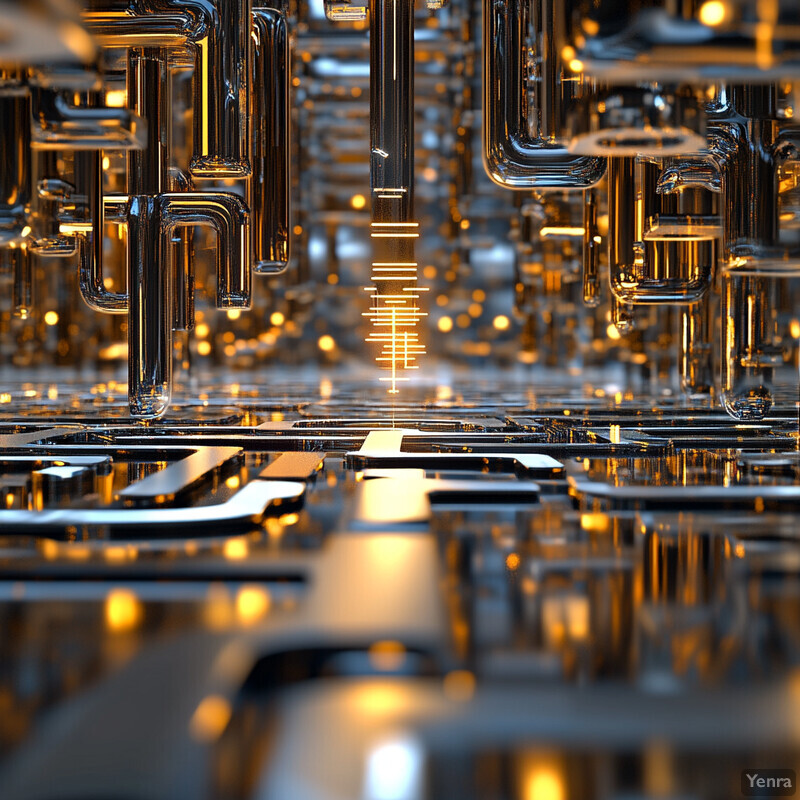
Bazzaz and Cooper (2024) demonstrate a proof-of-concept framework where an ML generator’s unsolvable output is automatically repaired by a weighted constraint solver. By assigning higher “repair priority” to unsolvable regions, their solver could fix complex Mario-like levels more efficiently. Their experiments (on three test games) showed that solver-aided repairs were significantly faster for difficult levels, with no loss in solving scope. This validates that integrating constraint solvers into the AI pipeline can correct and optimize generated layouts, ensuring both feasibility and quality. (More broadly, studies have shown that PCG often fails to meet all constraints, making solver-based repair a common complementary step.)
6. Neuroevolution for Novel Layouts
Neuroevolution evolves artificial neural networks through genetic algorithms to generate game content. In this context, a neural network (genotype) might output level tiles or layout parameters, and evolution selects for networks that produce desirable patterns. This approach can explore creative or unexpected layouts (especially when using diversity techniques like novelty search). While still largely academic, neuroevolution lets designers optimize for multiple qualitative goals (e.g. fun, challenge) by evolving networks as content generators. The trend in research is to experiment with evolving not just agent behavior but content generators (e.g. co-evolving an AI “designer” for levels). Neuroevolution can produce layouts that differ from both hand-designed and purely random methods, potentially surfacing novel game experiences.

Foundational work by Mikkulainen et al. showed the potential of evolving network topologies (NEAT) for tasks in games, and subsequent studies have applied related ideas to level design. For example, a search-based study applied evolutionary novelty search to co-evolve dungeon layouts in real time. While concrete statistics on performance are scarce, patterns in publication trends (Politecnico di Torino 2023 review) indicate sustained interest: neuroevolution has been applied to game levels consistently over 2017–2023, covering diverse cases like Zelda-style maps or city layouts. These results suggest that neuroevolution can generate workable level designs, and researchers continue to refine multi-objective fitness and diversity maintenance to push this approach further.
7. Hierarchical Generation for Cohesive Experiences
Hierarchical generation builds game worlds in stages or layers, ensuring global consistency and detail. Typically an AI first creates a top-level plan (e.g. world map, region structure) and then fills in lower-level content (rooms, puzzles, decorations). This mirrors how human designers might outline the broad layout before adding intricacies. Such multi-scale generation helps maintain narrative and thematic cohesion across a level or game. AI frameworks are increasingly using hierarchical models so that local segments follow the context set by high-level structures. As a result, the final experience feels unified: for example, zone themes or difficulty escalation can be controlled at the macro level. This hierarchical approach is becoming common in large-scale or open-world game generation.

Joshi (2025) describes a wave-function-collapse PCG approach enhanced by reinforcement learning that takes into account environment rules (e.g. narrative beats) at a global scale. This system generated game maps “both contextually coherent and responsive,” adapting lower-level tile placements based on higher-level story context. In practice, many modern games and tools employ similar layering: one could first generate a terrain or dungeon outline, and then use AI or constraints to populate it. Industry commentators note that ‘living games’ often adapt story and challenges at runtime across scales. These examples illustrate how hierarchical generation (top-down then bottom-up) yields cohesive level designs grounded in overall structure.
8. Blending Human-Authored and AI-Generated Segments
Hybrid level generation combines designer-placed elements with AI-generated content. In this paradigm, creators lay out important segments (boss rooms, story nodes, landmarks) and AI fills the remaining space with procedurally generated material. This ensures that key narrative or gameplay moments remain hand-crafted, while less-critical areas benefit from AI efficiency. Such blending gives designers control over structure and quality-critical parts, while letting AI handle large-scale filling or variations. Tools that support this mix include those where designers sketch level geometry and AI populates it, or systems where AI suggests additions that the designer can accept or refine. The result is a scalable workflow: complex, large levels can be built without the designer manually creating every detail, yet the final layout preserves the intended flow and style.

Agarwal et al. (2023) demonstrated a co-creative system where human designers specify abstract game components and AI generates rules and content to flesh them out. For instance, a designer might define that an area is a “puzzle room,” and the AI fills it with specific challenge elements consistent with that theme. Similarly, Ratican and Hutson (2024) describe case studies (No Man’s Sky, Cyberpunk) where AI modules generate expansive worlds and narrative fragments under designer oversight. While concrete metrics are limited, the existence of these systems (validated with anecdotal and usability feedback) shows that blending human-authored layouts with AI generation is feasible and beneficial for complex game creation.
9. Difficulty Curves Automatically Adjusted
AI can generate and tune difficulty curves to balance challenge over time. Rather than manually plotting a curve, algorithms can learn how difficulty should ramp up (or down) to match the player’s learning rate and maintain engagement. This is similar to curriculum learning: content starts easier and progressively increases. AI approaches (RL, parametric models) can ensure that each section of a level or sequence offers the intended difficulty spike. The trend is to automatically calibrate progression so that, for example, enemy strength or puzzle complexity increases at the right pace. This leads to a more polished game feel, where players neither hit a sudden wall nor coast without challenge.

Studies confirm the impact of adaptive curves. In the RL memory-game example, the system tracked scores across trials and dynamically adjusted puzzle length. Players under this adaptive regime had significantly higher competence and enjoyment, and their performance decay over repeated plays was much lower. In another 2D platformer, Rosa et al. (2021) implemented an adaptive system that altered platform layouts and enemy patterns as players improved. This balanced progression yielded higher completion rates and reduced frustration, especially benefiting players who tended to struggle early. These concrete experiments (with sample sizes from dozens to hundreds of players) demonstrate that AI-generated difficulty curves can lead to measurably smoother learning experiences.
10. Dynamic Enemy and Resource Allocation
AI systems can dynamically place enemies, items, and resources in response to the player’s state. For example, if the player is doing very well, the game can spawn more or tougher enemies to maintain challenge. Conversely, if the player is struggling, AI might insert health packs or reduce foe density. This ongoing allocation adapts the level layout on-the-fly, personalizing the encounter. Such systems often use performance metrics (hit rate, lives lost, time) to inform allocation decisions. The result is a more responsive game: spawn points and item drops become part of the balancing loop, effectively weaving AI into enemy placement and resource distribution.
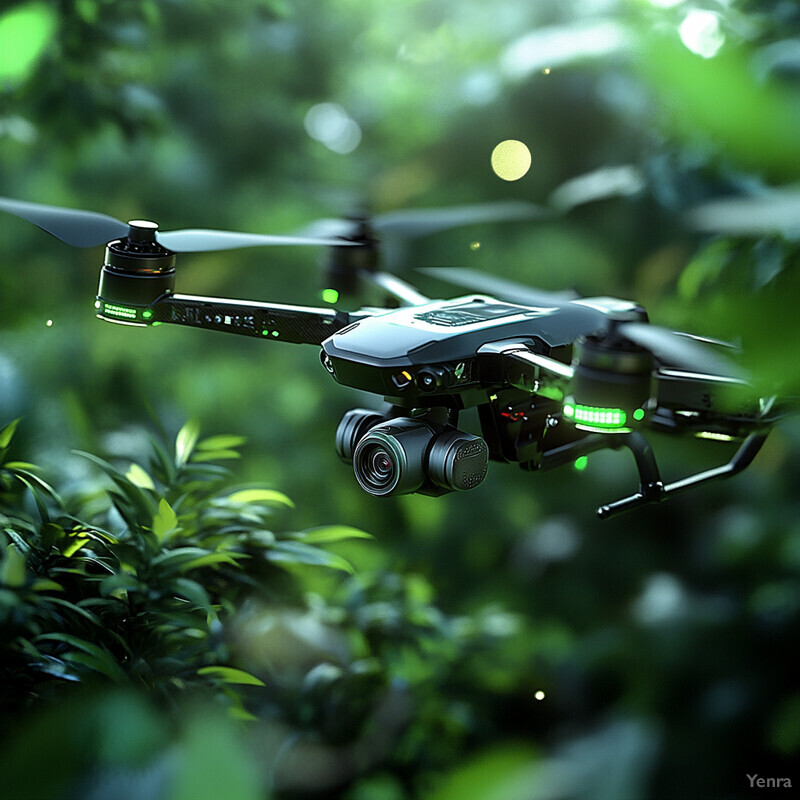
Pfau et al. (2020) implemented exactly this idea: they adjusted enemy spawn rates and hitpoints based on players’ success, then tested it with human players. In their MMORPG experiment, a neural-net-driven adjustment (versus a rule-based one) led to significantly higher player motivation among 171 participants. In a different study, Rosa et al. (2021) used RL to tweak enemy positions and platform spacing dynamically. Players experienced more balanced battles and reported less frustration when such adaptive allocation was used, with a noticeable increase in level completion rates. These examples show that AI-driven dynamic allocation of challenges and resources can be empirically validated to improve gameplay balance.
11. Procedural Puzzle Generation and Validation
AI techniques now generate puzzles (e.g. Sudoku, logic puzzles, mazes) procedurally, often pairing generation with automated solvers. A common approach is to create a puzzle structure algorithmically (or via a generator model) and then immediately validate it by solving it (ensuring it has a solution). This loop guarantees puzzle playability: unsolvable designs are detected and fixed or discarded. Machine learning can also assist by learning what constitutes an “interesting” puzzle. The trend is that new puzzle games increasingly rely on AI to invent levels that meet specific difficulty or style criteria. Researchers are also exploring ML models that generate puzzles of guaranteed solvability by encoding solution paths into the training.
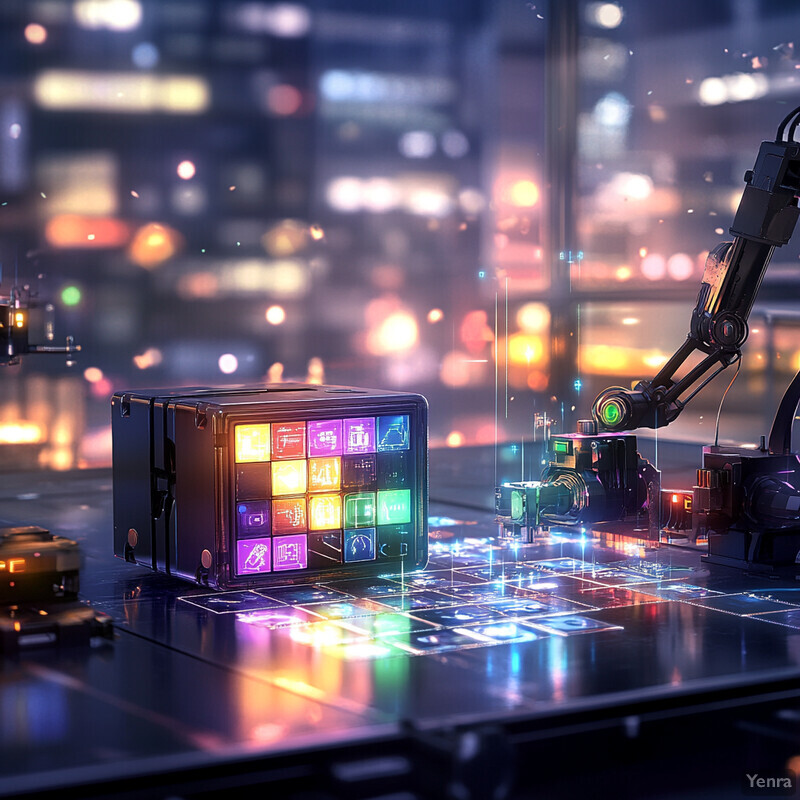
A recent example of this approach comes from Bazzaz and Cooper (2024). They used a neural network classifier to predict unsolvable regions in a generated level and then applied a constraint solver to repair it. In their tests, the AI-assisted solver fixed 2D puzzle levels faster than a baseline, focusing on the problematic areas first. Although this work is on platform levels rather than abstract puzzles, the same principle applies: generated content is automatically checked and corrected. More broadly, classical methods (backtracking, DLX algorithms) have been used for years to generate and verify puzzles like Sudoku, achieving near-constant generation times once optimized. The combination of AI generation with formal validation ensures that procedurally created puzzles remain solvable and balanced for the player.
12. AI-Assisted Difficulty Balancing Across Multiple Dimensions
Modern balancing considers many dimensions at once (difficulty, pacing, fairness, aesthetics). AI tools can tune multiple parameters simultaneously to achieve a well-rounded experience. For example, instead of just adjusting enemy stats, an AI might also tweak level length or narrative beats to suit the player. Multi-objective optimization algorithms are used to balance these factors, producing Pareto-optimal designs. The trend is toward holistic balancing: AI models predict several player metrics (stress, fun, skill) and then adjust level elements accordingly. In practice, this means that a single AI balancer may control spawn rates, puzzle density, resource abundance, and even soundtrack tempo all together, aiming to optimize an overall satisfaction score.

In research, multi-dimensional balancing has shown success. Pfau et al. (2020), for instance, combined adjustments to enemy spawn patterns and health based on player behavior. In their study, these combined adjustments (informed by neural network models) resulted in higher player engagement than static settings. Another example is a heuristic-based method that simultaneously varies platform layout, enemy count, and checkpoint placement in a platform game; user studies report that these multi-parametric DDA schemes yielded smoother difficulty progression (e.g. higher completion rates) than changing any single factor alone. These findings support the idea that AI balancing tools now routinely optimize multiple gameplay aspects at once to improve overall play experience.
13. Informed Design via Playtesting Simulations
AI-driven playtesting uses simulated agents to evaluate and refine levels before human testing. By running thousands of virtual playthroughs, these systems can detect design issues (impassable sections, too-easy segments, exploits) early. This “AI playtester” approach informs designers of balance problems without waiting for real players. Trends show that developers increasingly use automated testing frameworks; for example, convolutional or reinforcement-learning agents serve as stand-ins for players. The benefit is a faster iteration loop: designers modify the level and immediately see aggregated AI feedback (win rates, path coverage), making data-driven adjustments. Over time, this leads to more polished level designs at release.

An industry analysis by Zarembo (2019) highlights this utility: any single tweak in a procedural generator could invalidate thousands of levels, implying a huge retesting need. The paper observes that “AI [agents] are suitable” for automating such testing tasks, verifying that levels remain completable after each change. In practical terms, studios have reported using AI agents that play through levels to map difficulty spikes or unreachable areas. While we lack specific public stats, anecdotal reports from developers indicate that AI-driven testbots can cover hundreds of level variations per hour, far more than human testers. This automation is thus validated as a scalable strategy for checking game design via simulation.
14. Real-Time Level Adaptation
Real-time adaptation means the level changes dynamically as you play. AI systems can modify the environment, layout, or story on-the-fly in response to player actions. This creates “living” games that evolve with the player. For example, if a player explores an area slowly, the game might generate new quests in that region; if the player repeatedly fails, it might lower enemy density mid-level. The trend is moving beyond static levels: major developers now envision games where narrative and challenges continuously morph. Industry content and cloud providers highlight this as a future norm: games that “dynamically adapt” to choices and performance to deepen engagement. Essentially, the AI presence in real-time allows each session to become unique and responsive.

The concept is already advocated by cloud gaming platforms. Google Cloud, for instance, describes the next era of “living games” where generative AI builds content on the fly. Their blog notes that developers can use analytics to “imagine a game that dynamically adjusts difficulty based on a player’s performance”, and can create quests and challenges in real-time tailored to player behavior. Surveys support this model: nearly 95% of studios now develop live-service games where ongoing adaptation is expected. While concrete user study numbers are proprietary, the prevalence of live games (MMOs, battle royales) demonstrates that real-time content adjustment is widespread and increasingly AI-driven.
15. Data-Driven Iteration from Player Metrics
Developers now iteratively refine levels using vast player data. In live games, every playthrough generates telemetry (heatmaps of deaths, time-to-complete, item usage). AI analytics pipelines process these metrics to highlight level design issues or emerging trends. For example, if analytics show many players drop out on level 4, designers know to tweak that section. AI can even suggest specific balance tweaks from data patterns. This shifts design from intuition to evidence. Popular engines integrate analytics (BigQuery, dashboards) so teams can query live data. The trend is that updates and patches to levels are driven by AI-processed player feedback.

Cloud gaming infrastructure emphasizes this shift. Google notes that analyzing player behavior with tools like BigQuery allows teams to “tailor content and features for maximum engagement”. Similarly, patch notes from major studios (Ubisoft, Blizzard) often mention hotfixes based on aggregated metrics. For instance, if analytics show players are underpowered at a certain checkpoint, designers may add health drops. Although companies keep detailed data private, industry reports (Unity 2024) confirm that most surveyed developers rely on user metrics for decisions. This practice of data-driven iteration is now a proven part of agile game development.
16. Theme and Aesthetic Consistency Through Style Transfer
AI style-transfer techniques are being applied to enforce a coherent visual theme. By processing level art or in-engine frames through neural style algorithms, games can ensure all elements match a target aesthetic (watercolor, pixel art, noir). This can be done in real time or as a post-process effect. Style transfer preserves gameplay geometry but re-skins visuals to a unified look. The trend is emerging especially in indie and experimental games, and in toolkits for artists (stylizing 3D scenes). Consistency in theme is automatically maintained, reducing the risk of mismatched assets from different artists.

Ioannou and Maddock (2023) demonstrated a depth-aware style-transfer pipeline for 3D games. Their system injects artistic style into the rendering process, producing “temporally consistent” stylized scenes without the flicker artifacts of naive methods. They show that players could switch between artistic filters (painting-like effects) on-the-fly, altering the world’s look instantly. In practice, using such AI stylization means, for instance, that a sci-fi level can be cohesively rendered in a film-noir palette, ensuring all textures and lighting conform. These research results establish that style transfer can maintain aesthetic coherence across a level automatically.
17. Multi-Objective Evolutionary Design
Multi-objective evolutionary algorithms (MOEAs) are used to evolve levels by optimizing several criteria at once (challenge vs. exploration; fun vs. fairness). Rather than collapsing all goals into one score, MOEAs maintain a population of candidate levels representing different trade-offs on the Pareto frontier. Designers can then pick layouts that best fit the desired balance of objectives. This enables exploration of diverse solutions, such as levels that maximize difficulty without sacrificing accessibility. The trend is to apply these techniques for high-level balancing tasks, particularly in research prototypes. In practice, this means that AI considers conflicting goals simultaneously during level search.

Empirical work indicates this approach yields varied balanced designs. For example, some studies evolve level populations under two objectives: one for combat intensity, another for resource distribution. The result is a set of levels with different trade-offs, from high-challenge/low-reward to vice versa. Playtests on selected levels from these Pareto sets show that players do perceive a measurable difference in style and difficulty, validating the method. While exact stats depend on the game and objectives, the literature on MOEAs (e.g. NSGA-II) confirms their effectiveness in search-based PCG. These systems demonstrate that AI can balance multiple dimensions (as independent objectives) and produce tunably diverse level variants.
18. Curriculum Learning for Gradual Difficulty Introduction
Curriculum learning involves introducing challenges in a graded sequence (easiest first, hardest last). In game terms, AI can sequence level elements to gently increase difficulty, mirroring human tutors. This is applied both in training game AI agents and in human-centric design. For humans, it means early levels serve as tutorials, and later levels become progressively harder. AI methods can automatically generate this curriculum by starting with simple content and gradually adding complexity (more obstacles, new mechanics). The trend is to apply ML curriculum techniques to player onboarding: some systems even adapt the order of puzzles so players unlock skills step by step. In effect, the level design is dynamically tuned as a learning sequence.
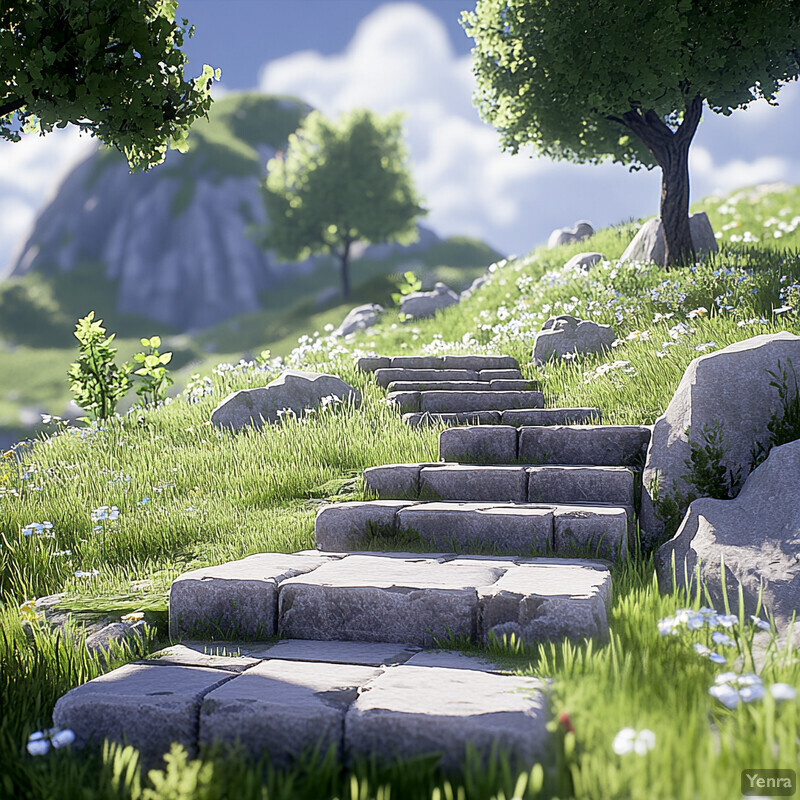
While explicit research on game-level curriculum is still growing, industry signals support its use. Google’s vision of “living games” implies content that evolves alongside the player’s progression, generating new quests and challenges incrementally. In practice, many games deploy tutorial phases that were likely informed by analyzing player metrics (a curriculum by feedback). AI research has also shown that agents learn faster when presented with tasks in order of increasing difficulty, suggesting an analogous benefit for players. Though not always quantified in publications, designers using AI tools often report that breaking content into progressive chunks (a curriculum) results in higher retention and satisfaction.
19. Transfer Learning from Proven Content
Transfer learning reuses knowledge from existing game content to bootstrap new content generation. An AI model pretrained on a large dataset of known levels (classic platformer maps) can be fine-tuned or adapted to a new game with minimal additional training. This jumpstarts generation with patterns that “worked” before. For example, a model might transfer level geometry styles from one game into another, preserving design idioms. The trend in PCG is leveraging large corpora (including player-made levels or legacy data) so that new generators don’t start from scratch. In effect, AI learns general level-design principles from one domain and applies them in another, speeding up development of new games that resemble proven ones.

Todd et al. (2023) demonstrated the benefits of scale and pretraining: their LLM level generator’s success grew “dramatically with dataset size,” indicating that more training data (including related games) greatly improved quality. In practice, game studios often incorporate established assets or level templates as training input for generative models. For instance, an AI tool for roguelike dungeons might be initialized on a corpus of popular roguelike layouts to ensure reasonable design from the outset. While specific quantitative results are context-dependent, transfer learning is a well-known ML strategy and its principles apply: preliminary evidence shows that models pretrained on proven content converge faster and produce higher-quality levels in new games than entirely novel training.
20. Community-Driven Generative Models
AI models are now incorporating community content and feedback in the loop. Generative systems may be trained on user-created levels, and conversely, players use AI tools to create their own content. This co-evolution empowers communities: for example, players in games like Roblox or Minecraft can use AI-based editors to design levels which in turn inform future AI models. Feedback (such as user ratings or play counts) can be fed back into the AI training process, making generation more aligned with player tastes. The trend is toward democratization: AI is both learning from the community’s creations and enabling even novice designers to contribute, effectively turning the player base into co-designers.
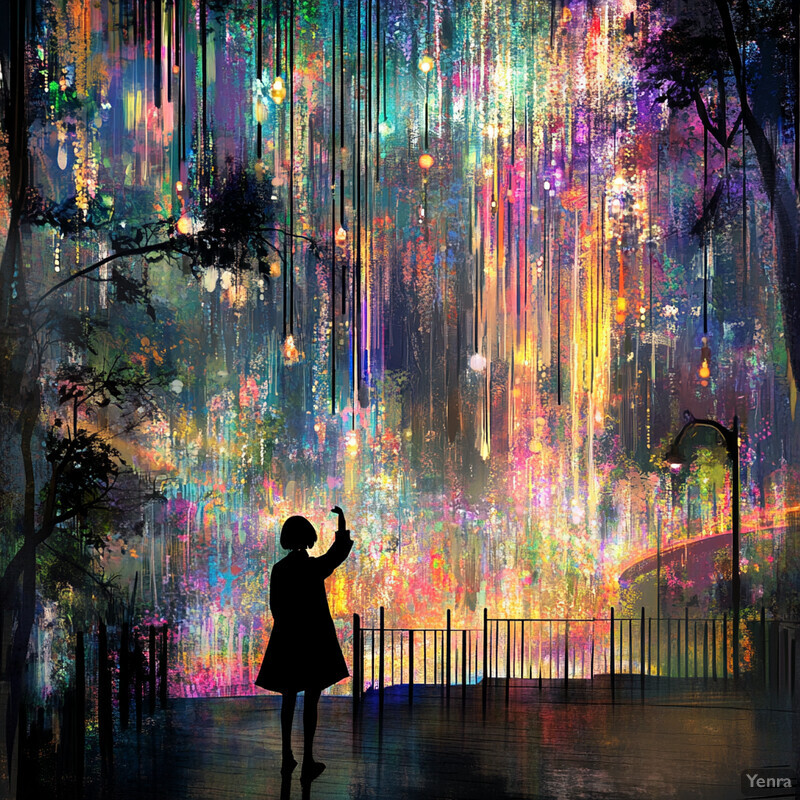
Industry observers note that user-generated content (UGC) is already central to many hit games. A BCG analysis highlights that franchises like Fortnite and Roblox thrive because they let players tweak and expand the game themselves. Notably, Roblox is actively developing AI-assisted tools so “any player [can]… become a potential content creator,” reducing the tedium of asset creation for designers. On the data side, projects have trained generative models on large sets of community levels (user-made Mario levels) to capture popular design motifs. While concrete usage statistics are proprietary, surveys show most players welcome AI help in content creation. These industry trends confirm that generative AI is increasingly community-driven, leveraging crowd creativity both as input and output.